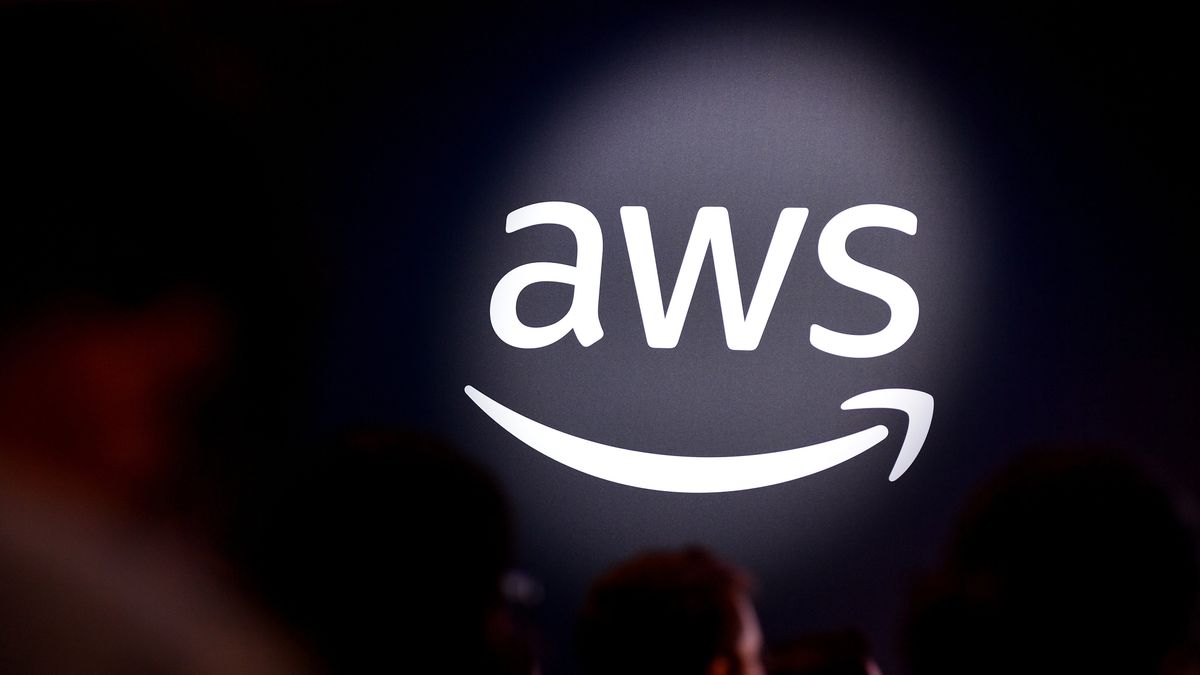Sandeep Shilawat is a renowned tech innovator, thought leader and strategic advisor in U.S. federal markets.
Over the last decade, cloud computing has been a driver of cost savings over on-prem IT infrastructure and has become a leading source of IT spending. However, lately, this theory is being challenged due to ballooning cloud costs. While costs are increasing due to a diverse set of causes, in this article, we will focus on the concept of marginal costs, its relevance to multi-cloud computing and its implications. We will examine the economic impact of the marginal cost of multi-cloud computing, explore how marginal costs can be reduced to near zero and analyze how the complexity of multi-cloud environments is affecting marginal costs. We will look at marginal cost from the perspective of cloud providers and cloud consumers.
Understanding Marginal Costs
Marginal cost, an economic concept, measures the change in total cost resulting from a one-unit change in production or consumption. For cloud economics, it plays a critical role for both providers and consumers. It quantifies the additional cost incurred for an extra unit of cloud resources or services. Cloud providers optimize infrastructure, services and pricing to reduce marginal costs, while consumers employ strategies like discounts and governance to lower their costs. Understanding marginal costs helps both parties make informed decisions and improve profitability. It also aids consumers in evaluating the efficiency of their cloud environments, especially in complex scenarios involving multiple providers and diverse services. By analyzing and managing marginal costs, businesses can drive performance, achieve cost savings and optimize their cloud operations. We will also examine causes that are leading to exponentially increasing marginal costs for cloud consumers.
The Pricing Model For Cloud
Cloud computing operates on a utility model of pricing, revolutionizing IT cost management for businesses. Instead of burdening themselves with hefty upfront investments in hardware and software as capital expenses (CAPEX), companies now have the power to pay for precisely the resources they require. These resources encompass storage, bandwidth, microservices and API calls—all considered operational expenses (OPEX). This dynamic approach not only slashes overall costs but also unleashes a newfound flexibility for organizations. The lower total costs directly translate into lower marginal costs, magnifying its advantages. Nonetheless, it’s pivotal for businesses to be vigilant and closely monitor their resource consumption. By doing so, they can effortlessly avoid overspending on unnecessary resources or falling into the trap of underutilizing the resources at their disposal. The sky’s the limit when it comes to harnessing the true potential of cloud computing’s interactive and cost-efficient nature!
Lowering Marginal Costs For Cloud
Lower marginal costs are a source of competitive advantage in capitalist markets. To drive cloud marginal costs down, technologist leaders adopt many cloud strategies like leveraging spot instances or preemptible VMs, utilizing reserved instances or committed use discounts, implementing auto-scaling or serverless computing, adopting rightsizing or optimization tools and utilizing monitoring and governance tools. These approaches result in cost savings, faster time to market, increased innovation and competitive advantages. However, in multi-cloud environments, visibility and skills become hurdles in reducing marginal costs, with cloud sprawl contributing to significant cost increases.
Multi-Cloud Complexity And Marginal Costs For Cloud Customersulti-cloud environments significantly impact marginal costs in cloud computing due to complexities arising from utilizing multiple cloud service providers (CSPs) concurrently. While offering benefits like redundancy and flexibility, multi-cloud introduces challenges related to resource management, including varying pricing structures, inefficient allocation, and additional expenses for data transfer and network costs. Governance and compliance become intricate as each CSP has distinct security standards and regulations, resulting in costs for security measures and compliance efforts. Integration across multiple cloud platforms is time-consuming and costly, requiring dedicated tools for resource tracking and monitoring, which can raise marginal costs. Cloud security breaches further affect both providers and consumers. To mitigate these complexities and manage marginal costs, businesses should focus on effective governance using techniques, resource optimization, monitoring, utilizing cloud management platforms, automation tools and cost optimization strategies. Close monitoring of resource usage, workload optimization and streamlined operations are vital for the successful management of marginal costs in multi-cloud environments.
Relevance Of Marginal Cost Of Cloud For US Federal Agencies
The marginal cost of cloud computing is crucial for U.S. federal agencies due to multiple reasons. Federal projects undergo earned value management (EVM), and increasing marginal costs significantly reduce earned values, undermining the project’s business case. Compliance with regulations like the Cloud Smart Strategy, Zero Trust Architecture(ZTA), ITAR, FITARA, FISMA, HIPPA, NIST 800-53, NIST 800-171 and FedRAMP is mandatory for federal agencies, including additional regulations for Intel and DOD agencies like DOD Impact Levels(IL 1-6). While these policies aim to enhance security, performance and innovation in federal IT, they also impact the project’s business case. Managing multi-cloud environments within complex regulatory scenarios is challenging, and a lack of cost visibility can result in significant project overruns and major cyber-related incidents. Federal agencies handle diverse workloads requiring scalability. Lower marginal costs are a direct indication of a healthy and secure state of the cloud ecosystem for U.S. federal agencies. Understanding and measuring marginal costs are crucial first steps in addressing the ballooning marginal costs observed in the industry and ensuring the success of federal agency initiatives.
Conclusion
CSPs and cloud users have differing perspectives on the marginal cost of cloud computing. CSPs are working on reducing their own marginal costs through infrastructure and service improvements. However, cloud consumers face higher marginal costs in multi-cloud environments due to complexity. To mitigate this, CSPs should assist users in streamlining and optimizing their multi-cloud operations, minimizing marginal costs while preserving the benefits of cloud computing.
Forbes Technology Council is an invitation-only community for world-class CIOs, CTOs and technology executives. Do I qualify?











